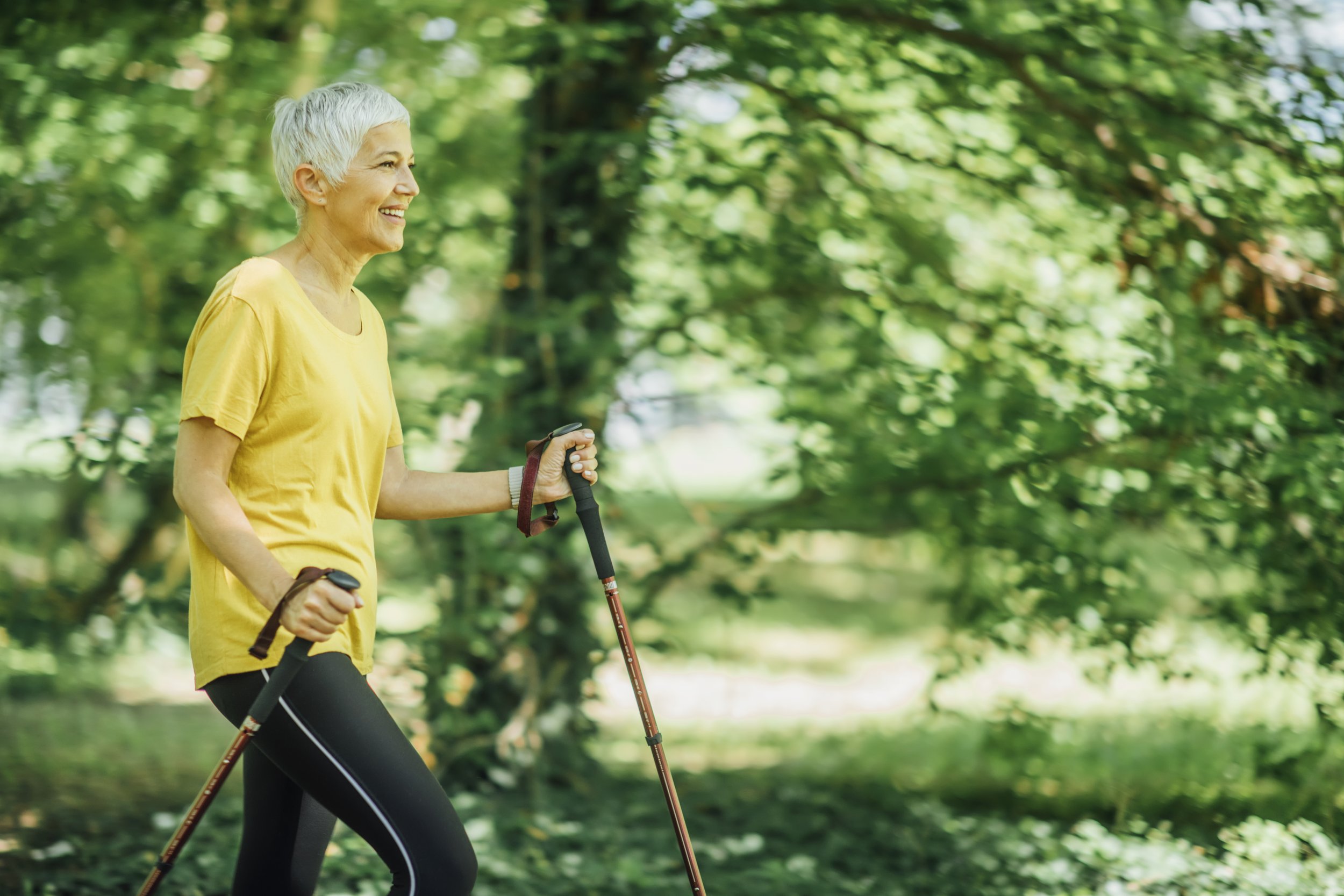How does PT treat soft tissue injuries?
How Can Physical Therapy Help Those With Parkinson’s disease?
5 Ways Physical Therapy Can Help Lymphedema.
How Can Physical Therapy Treat Gout?
What Can physical therapy do for Fibromyalgia?
What Is The Treatment For Degenerative Disc Disease?
How To Improve Balance And Gait With Physical Therapy?
What Options Are Available To Treat Arthritis Pain?
20 ways Physical Therapy Helps To Heal Nerve Entrapment?
Top Ways Physical Therapy Can Help Treat Thoracic Outlet Syndrome.
What Are 6 Top Ways Physical Therapy Can Help Multiple Sclerosis?
Is Physical Therapy An Effective Treatment For Bursitis?
Here Are 10 Therapies To Address Sports Injuries.
Ruptured, Herniated, Bulging Disc–What Is It? How To Treat It?
How To Climb the Tallest Mountains, Stay Fit and Avoid Injuries.
Dr. Greg Spooner sits down for an impromptu interview with his long time friend and one of the most experienced, accomplished climbers and guides in mountaineering history, Garrett Madison to chat about injuries, expectations and physical fitness that is required to climb the tallest peaks. Garrett does so many expeditions per year that his workout and fitness regimen is his climbs but what does an average hopeful who wants to climb Mt. Everest or other do to prepare. Let's find out.
How Can Physical Therapy Help Osteochondritis?
Osteochondritis is a condition that affects the growth of bones and cartilage in children and teenagers. It is caused by a lack of blood flow to the affected area, resulting in the death of bone and cartilage tissue. It can lead to pain, swelling, and tenderness in the affected area. In some cases, the condition can cause deformity or even lead to osteoarthritis. Treatment usually involves rest and pain relief medications, but in severe cases, surgery may be needed to correct the problem.
1. Strengthen the muscles around the affected joint: Strengthening the muscles of the joint can help reduce the pain caused by osteochondritis. A physical therapist can help you develop a strengthening program that targets the muscles around the affected joint.
2. Improve flexibility: Flexibility exercises can help reduce pain and improve joint function. A physical therapist can create a customized stretching and flexibility program for you.
3. Improve balance and coordination: Poor balance or coordination can lead to further injury and pain. A physical therapist can help you improve your balance and coordination with exercises and activities.
4. Improve posture and body mechanics: Improving your posture and body mechanics can help reduce the risk of injury and pain from osteochondritis. A physical therapist can provide exercises and activities to help you improve your posture and body mechanics.
5. Reduce inflammation: Inflammation can cause pain and further injury. A physical therapist can provide exercises and activities to help reduce inflammation and improve joint health.
How To Survive a Transatlantic Rowing Race, Win and Set a Guinness World Record!
Greg Spooner, DPT who's an expert rower and a skilled Physical Therapist with a specialty in preventing injury and increasing performance specifically for rowers (now also runners) shares what it takes to prepare logistically, physically and emotionally for a Transatlantic race from NYC to UK to win and set a Guinness World Record!
Top Diseases and Health Conditions Treated With Physical Therapy
Physical Therapy isn’t just for post-op treatments, back injury or to improve sports performance. Physical therapists (PTs) are trained to evaluate a wide range of condition such as an injury, disease, or disability, recommend and provide an appropriate treatment. Here are a few common diseases and conditions that physical therapists work to manage.
8 Balance Exercise Examples for Better Stability as You Age.
8 Balance Exercise Examples for Better Stability as You Age:
1. Wall Push-Ups: Stand facing a wall with feet shoulder-width apart. Place palms against the wall at shoulder level and gradually push your body away from the wall. Hold for a few seconds and then return to the starting position.
2. Heel Raises: Stand with feet shoulder-width apart. Gradually rise up onto your toes, hold for a few seconds, and then lower your heels back to the ground.
3. Single-Leg Balance: Stand with feet shoulder-width apart and arms outstretched. Lift one foot off the ground and hold for 10-20 seconds.
4. Step-Ups: Find a box or step and stand in front of it. Step up with one foot and then the other, holding the position for a few seconds before returning to the starting position.
5. Side Plank: Lie on one side of your body and support your weight with your elbow and feet. Hold for 10-20 seconds and then switch sides.
6. Forward Lunges: Stand with feet shoulder-width apart and take a large step forward. Bend both knees and lower your body until your knee is at a 90-degree angle. Hold for a few seconds and then
Rowers, Here's What You Need To Know About Pain!
So I want to take a moment with you all to talk about pain because every person experiences pain differently. Pain is a very subjective thing and here’s why you experience it in your own unique way and what to do about it so you can heal faster and feel better next time you get hurt and being able to function well or winning gold is on the line.


